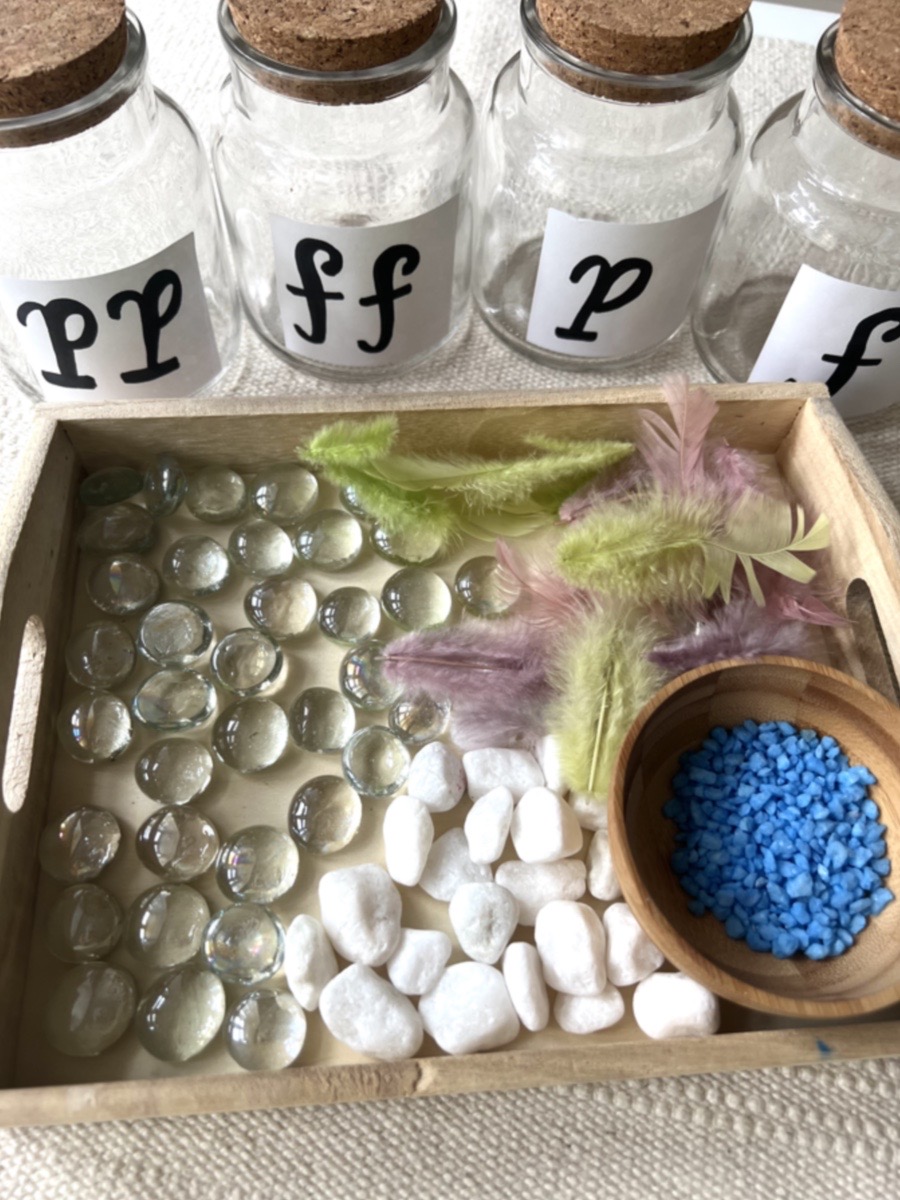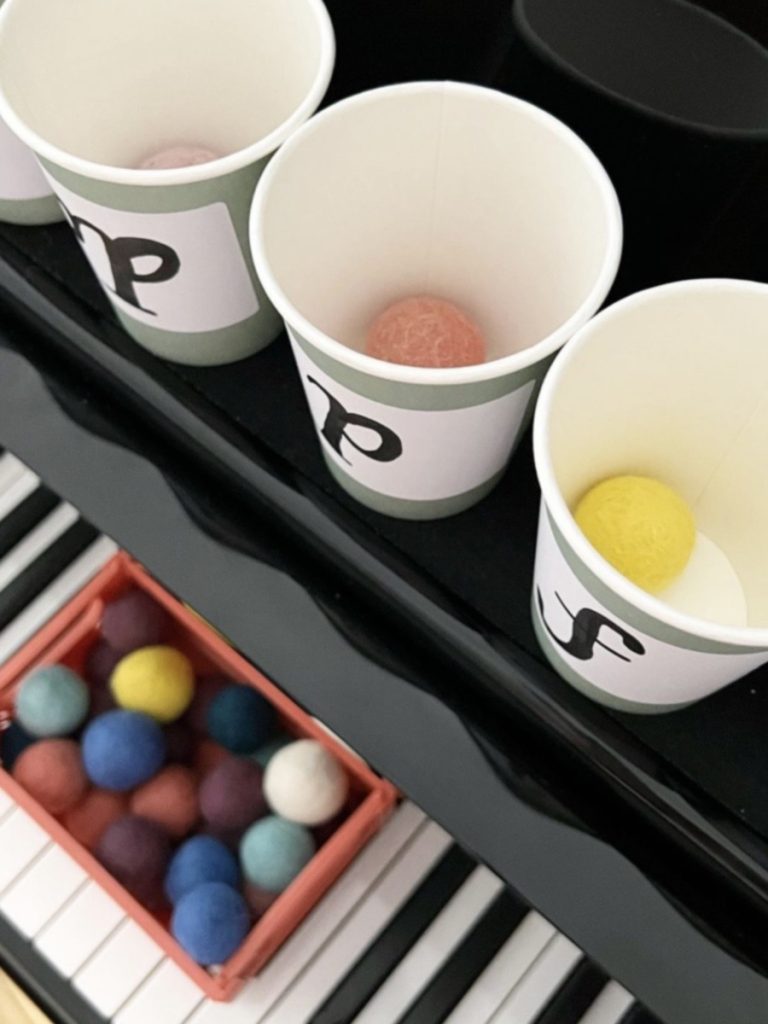Piano dynamics, the art of playing softly and loudly, might seem like a complex concept for preschoolers, but with the right approach, it can become an exciting and engaging musical adventure. Here are three creative ideas to teach piano dynamics to your little music enthusiasts:
1) Dynamic Jars: Discover the Magic of Weight

Gather some jars or small containers and label them with musical terms: “p” for piano (soft), “pp” for pianissimo (very soft), “f” for forte (loud), and “ff” for fortissimo (very loud). Now, it’s time for the magic – collect items with varying weights to fill these jars.
- For “soft” (p), consider using lentils.
- “Very soft” (pp) can be represented by light feathers.
- “Loud” (f) might be symbolized by marbles.
- And for “very loud” (ff), heavy rocks work perfectly.
The key to understanding dynamics lies in the weight of each item. Let your preschoolers experiment by filling the jars with these different items. The heavier the item, the louder the sound. This hands-on approach makes learning dynamics a fun and memorable experience.
2) The Listening Game: Cups and Pompoms
For this interactive game, you’ll need four paper cups labeled with the letters: “p” for piano, “pp” for pianissimo, “f” for forte, and “ff” for fortissimo. Gather some colorful pompoms or any other small, fun items.
As you play a key on the piano, your preschooler’s task is to determine the dynamic level of the sound. Was it played softly, very softly, loudly, or very loudly? If the key was played loudly, your little one will delight in placing a pompom into the cup labeled “f” for forte. This game sharpens their listening skills while making dynamics an enjoyable challenge.

3) Key’ndergarten Dynamics Cards

Utilize the Key’ndergarten Dynamics Cards for an engaging and educational activity. Begin by exploring the piano to find some Cs or Ds, using gems as markers. Then, place the Key’ndergarten Dynamics Cards onto the keys you’ve discovered. The order isn’t crucial at this stage.
Now, it’s time to play the Cs or Ds on the piano. However, there’s a twist – pay close attention to the dynamic card placed on each key. Preschoolers will enjoy this multi-sensory experience!
The Dynamics Cards can also be employed for an entertaining listening game. Play a note and ask your preschooler to identify the corresponding dynamic card. This activity reinforces their understanding of piano dynamics through both visual and auditory cues.
Incorporating these creative ideas into your preschooler’s piano lessons will not only teach them the concept of dynamics but also make learning music an exciting and immersive journey. Let the magic of music and creativity flourish as you explore the world of piano dynamics together! 🎹🎶

